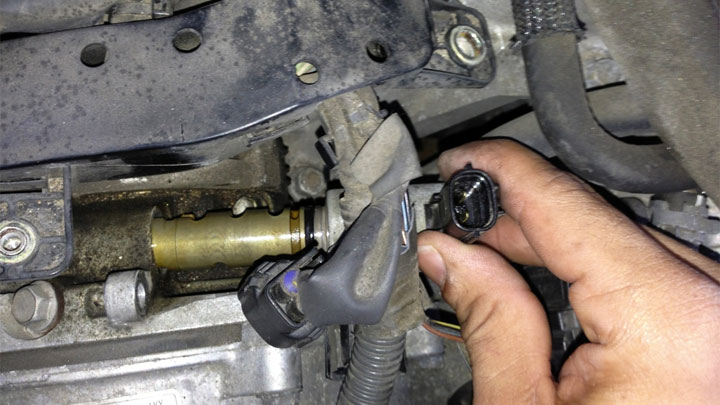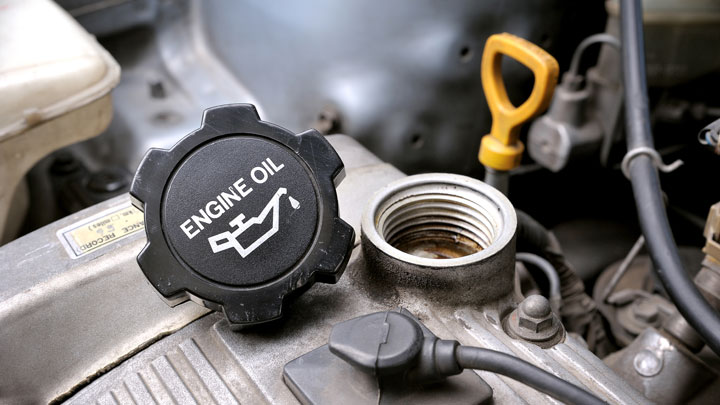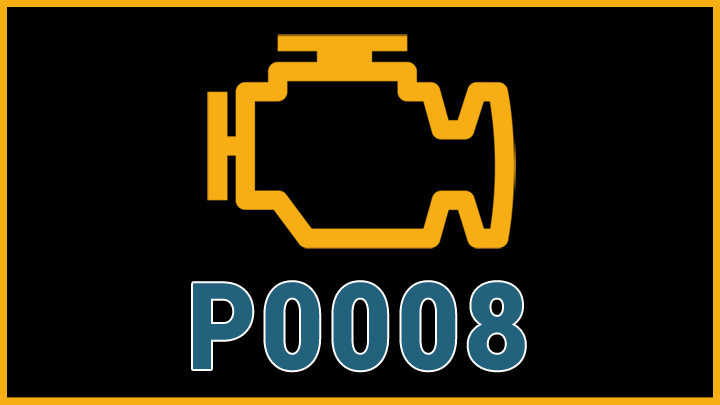Last Updated on October 31, 2022
Nobody wants to see the check engine light stay on in their vehicle after they start it up. But it’s an extremely common problem, but it still only tells you so much. You need to figure out what engine code is keeping the light on and what that code means.
A code P0008 isn’t the most common engine code out there, but it is one of the more serious ones. We’ll break down exactly what it means, what the problem could be, and how to fix it for you here. Just finish reading this article before you decide to start your vehicle up again.
What Does Code P0008 Mean?
Engines run in perfect symphony with everything firing at just the right time. When it all works the way it should, it’s great, but when it doesn’t, it can lead to problems.
A code P0008 tells you that something is going on with the engine timing. While the code description uses the words “engine position” if something is out of position, it’s because the timing is off.
Many modern vehicles use a variable timing system to fine-tune performance and get the most from your engine, and this could be a problem with one of those components.
It could also be a more classic problem like something with the timing belt. Either way, the code tells you something is in the wrong place at the wrong time.
Symptoms of Code P0008
If your engine has a code P0008, you should be able to notice a few other symptoms. The most notable symptom is a drop in engine performance. But if you look closer you also might notice an increase in the amount of fuel the engine uses.
If the problem is severe enough, you should also hear unusual engine noises coming from the combustion chamber. This is an engine misfiring because of the faulty timing, and before long it will severely damage the engine.
- Decreased engine performance
- Increased fuel consumption
- Unusual engine noises
Causes of Code P0008

While you know a code P0008 tells you that there’s something wrong with the engine’s timing, there are quite a few things it can be. If your vehicle has a variable timing system, there’s a good chance the problem is a defective camshaft variable timing solenoid or a faulty variable valve timing actuator.
But whether your vehicle has a variable timing system or not, it could still be a problem with the engine oil, a worn timing belt/chain, or just a problem with the overall engine timing.
It’s a wide range of potential problems, and if you don’t have any automotive experience, it can be a challenge to figure out exactly what’s going on with your vehicle all by yourself.
- Defective camshaft variable timing solenoid
- Incorrect engine timing
- Low engine oil
- Wrong engine oil
- Faulty variable valve timing actuator
- Worn timing belt or chain
Is Code P0008 Serious?
Yes! Your engine operating with the correct timing is one of the most important things on a vehicle. With the wrong engine timing, it can quickly destroy major components inside the engine.
With a code P0008, we wouldn’t even recommend driving your vehicle to the repair shop to figure out what’s going on, as this risks causing thousands of dollars in damage. Don’t ignore this code and don’t run the vehicle until you figure out what’s going on and fix the problem.
How to Fix

The first thing you should do if you have a code P0008 is look at the oil. Low oil or the wrong oil isn’t the most likely cause of a code P0008, but it is one of the easiest things to rule out. Pull the dipstick and see if there’s enough oil in the engine. If there isn’t you’ll need to figure out where it’s going and top it off.
Meanwhile, if you just recently completed an oil change on your vehicle, ensure you used the right type of oil. If not, flush the oil, put the correct oil in, and hope the problem goes away.
However, if the problem isn’t with the oil, an automotive scan tool is extremely beneficial. The ECM recognizes a problem with the timing, and it can likely point you in the right direction.
Consider if your vehicle has a variable timing system. If so, the problem could be with any of the components that fine-tune timing adjustments. Those components include the camshaft variable timing solenoid or the variable timing valve actuator.
Whether your vehicle has variable timing or not, the problem could be with the timing belt or chain itself. Over time they can stretch out a bit, and this can throw off the timing of the engine.
Finally, if your vehicle just had major work and the mechanic removed the timing belt or chain, it’s possible they didn’t reinstall it in the exact right position.




